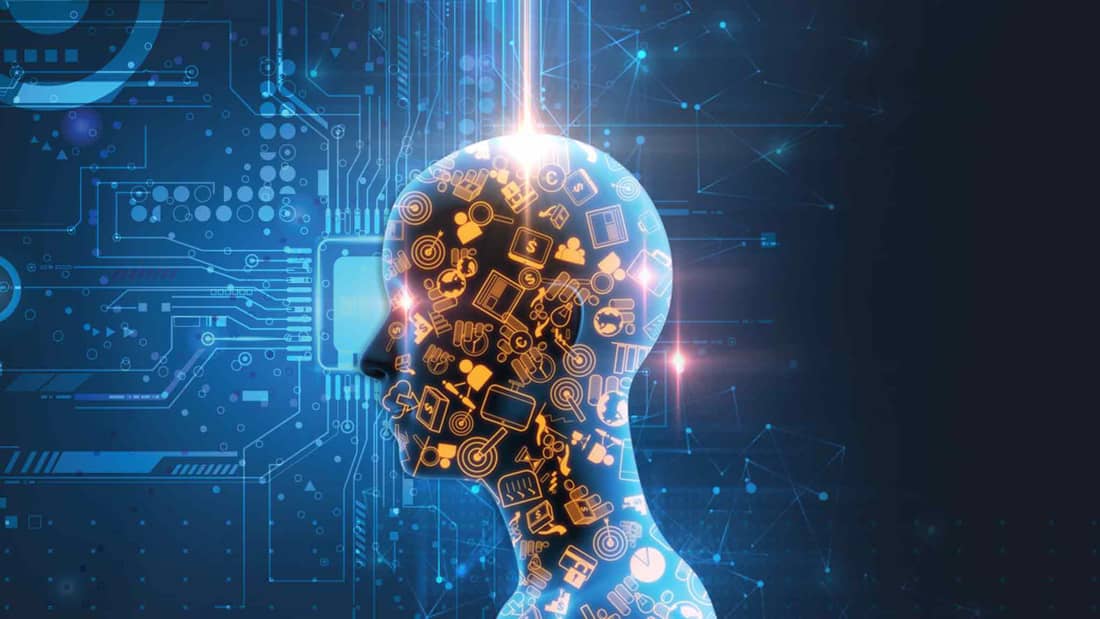Clustering & Classification With Machine Learning in Python
With so many Python based Data Science & Machine Learning courses around, why should you take this course? As the title name suggests- this course your complete guide to both supervised & unsupervi...
- All levels
- English

Course Description
With so many Python based Data Science & Machine Learning courses around, why should you take this course? As the title name suggests- this course your complete guide to both supervised & unsupervised learning using Python. This means, this course covers MAIN ASPECTS of practical data science and if you take this course, you can do away with taking other courses or buying books on Python based...
With so many Python based Data Science & Machine Learning courses around, why should you take this course?
As the title name suggests- this course your complete guide to both supervised & unsupervised learning using Python. This means, this course covers MAIN ASPECTS of practical data science and if you take this course, you can do away with taking other courses or buying books on Python based data science.
In this age of big data, companies across the globe use Python to sift through the avalanche of information at their disposal. By becoming proficient in unsupervised & supervised learning in Python, you can give your company a competitive edge - and boost your career to the next level.
THIS IS MY PROMISE TO YOU
COMPLETE THIS ONE COURSE & BECOME A PRO IN PRACTICAL PYTHON BASED MACHINE LEARNING
See more See lessWhat you’ll learn
- You learn how to code in C# and build video game levels.
- know about Photoshop to make game art. One of the best features is that you can watch the courses at any speed you want.
- Learning how to code is a great way to jump in a new career or enhance your current career
Covering Topics | Program Insights
Section 1 : INTRODUCTION TO THE COURSE: The Key Concepts and Software Tools
Section 2 : Read in Data From Different Sources With Pandas
Section 3 : Data Cleaning & Munging
Section 4 : Unsupervised Learning in Python
Section 5 : Dimension Reduction & Feature Selection for Machine Learning
Section 6 : Supervised Learning: Classification
Section 7 : Neural Networks and Deep Learning Based Classification Techniques
Curriculum
Frequently Asked Questions
This course includes
- Lectures 56
- Duration 5 Hour
- Language English
- Certificate No





